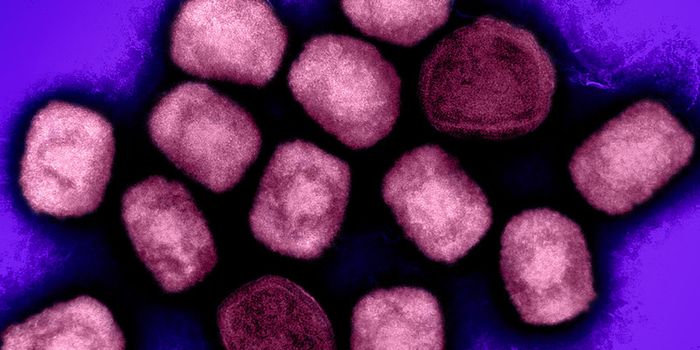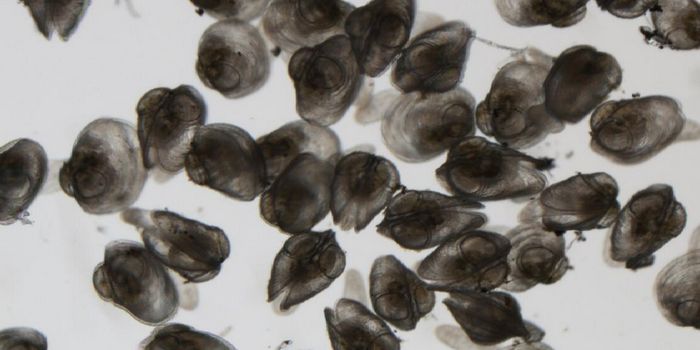The Agricultural Use of Two Antibiotics is Expanding
The Environmental Protection Agency (EPA) has decided to allow the expanded agricultural application of two antibiotic drugs: oxytetracycline and streptomycin. The use of the drugs has been allowed since 2016 for emergencies in Florida; now they will be permitted other places citrus is grown, encompassing about 764,000 acres in several states including California and Texas. Combating the disease will still be very challenging, however.
Several organizations including the United Nations and the World Health Organization have warned against the overuse of antibiotics in both clinical settings and agriculture. For many years, antimicrobial drugs have been widely used in many settings, even when they were not needed. That overuse is believed to be one reason why antibiotic-resistant microbial pathogens are becoming more common.
The Food and Drug Administration and the Centers for Disease Control and Prevention both warned the EPA not to expand the application of oxytetracycline and streptomycin, according to the New York Times (NYT). The agricultural use of the two drugs is already banned in the European Union and Brazil. The EPA overruled those concerns in favor of citrus farmers, who are having serious problems with an invasive insect from China, Asian citrus psyllid, which carries a bacteria that causes citrus greening disease. It has forced many growers out of business. Citrus tree acreage in Florida dropped from 750,000 to 476,000 acres between 2010 and 2014, and production volume was reduced 58 percent since 2005.
There are major challenges to studying the disease. No one knows how to grow the causative bacteria in the laboratory yet. Infected trees don’t die right away, and there is also no good way to detect the disease early. The video above discusses a conclusion from a 2018 National Academies of Sciences, Engineering, and Medicine report; a breakthrough would be unlikely in this case, and new technologies such as genetic engineering may be required.
The EPA still prohibits the application of oxytetracycline and streptomycin within forty days of harvesting the fruit, so consumers may not be impacted. A 2014 study suggested that streptomycin would not affect soil bacteria. A study by the CDC, however, found resistance to the drugs in bacterial pathogens found in human patients. Streptomycin also hangs out in soil for two weeks, and the drugs have not been proven to be effective against citrus greening disease.
The NYT reached University of Florida molecular biologist and citrus greening expert Graciela Lorca for comment; she said she was not convinced that the drugs work. “Right now it’s a desperate measure for sure,” she said.
The video above from the Australian Academy of Science discusses another bacterial pathogen that threatens crops, called Xylella fastidiosa. For now, officials in Australia are tasked with ensuring that the germ doesn’t reach their country. If it does, it may spell doom for some agricultural sectors there. Xylella has already swept through an olive-producing region of Italy, where it destroyed thousand-year-old trees and family livelihoods.
Sources: NYT, CDC, National Academies of Sciences, Engineering, and Medicine








